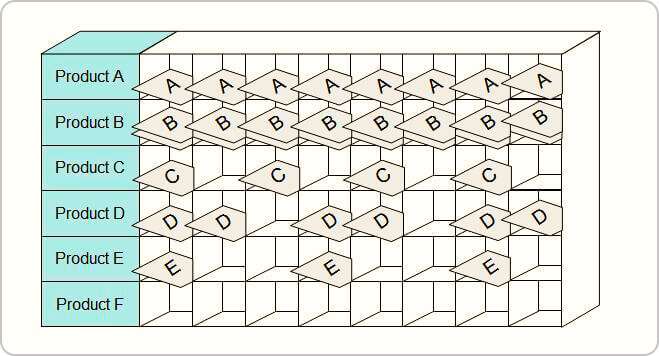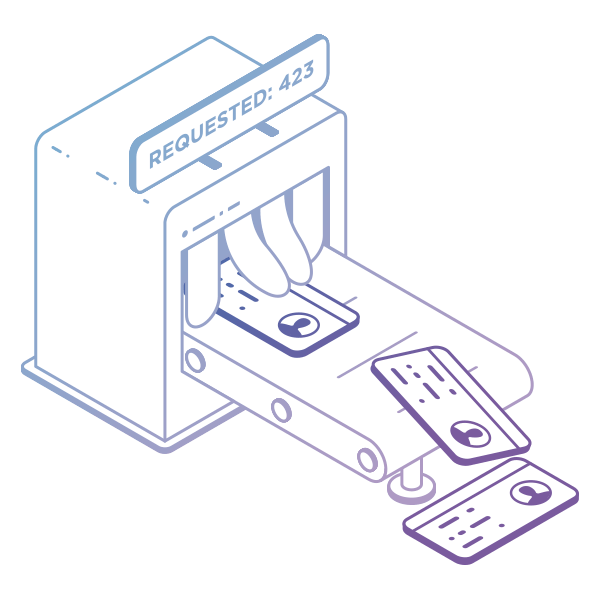Business owners and managers should be painfully aware of how difficult it is to maintain a stable flow of work.
As demand tends to fluctuate, you need to define a takt time to keep up with the flow of orders and avoid overproduction. To help you stick with it, Lean has a method called Heijunka that allows you to optimize your capacity in the most appropriate way to meet demand.
What Is Heijunka?
Heijunka is a Lean method for reducing the unevenness in a production process and minimizing the chance of overburden. The term Heijunka comes from Japanese and literally means leveling. It can help you react to demand changes and utilize your capacity in the best possible way.
By implementing Heijunka, you can stop producing work in batches and start processing orders according to customer demand. This will allow you to reduce your inventory costs as you will have fewer goods in reserve waiting to be purchased when the volume of orders is low.
On the other hand, your process and the team will be protected from overburden when demand spikes up as you will be producing value according to your takt time, or simply said, your average sell rate.
The most notable example of a company using Heijunka is Toyota. The Japanese carmaker has long abandoned the traditional way of working in batches and instead schedules cars' assembly in a production line to happen according to demand.
Heijunka allows you to produce and deliver value to your customer at a steady pace so that you can react to fluctuations according to your average demand. For that purpose, the method has two ways of leveling production:
- Leveling by volume
- Leveling by type
Leveling by Volume
When establishing a continuous flow of work, you need to stop processing work in batches to produce only what was ordered and keep your inventory costs low.
In its pure form, Lean teaches that you should start new work only when an order arrives. However, this may not be a pragmatic option in companies with a steady stream of new orders and just have to adapt their workflow to meet demand.
Heijunka allows you to level your production by the average volume of orders you receive.
For example, if your average demand is 20 orders per week, but the number fluctuates by the day (e.g., Mon 3; Tue 10; Wed 5; etc.), it would be wise to implement Heijunka to level the production by volume.
This way, you can establish a stable flow of work and process 5 orders per day to meet the average demand by the end of the week.
By doing so, you will be able to keep your process running all the time without extra pressure when the number of orders spikes up during the week.
Leveling by Type
Heijunka is applicable when you are managing a portfolio of products as well. It allows you to level production based on the average demand for each product in the portfolio and organize your work around it.
The principle stays the same, you create enough of each good to meet the average customer demand for the product portfolio.
For example, if you get 10 orders per week for Product A, 2 orders for Product B, 5 orders for Product C, and 3 orders for Product D on average, you need to level your capacity to produce a total number of 20 products per week.
However, in this case, you need to use Heijunka to level production even further so you can keep up with the demand for each product.
Facing this challenge, Toyota developed a tool called Heijunka Box to visualize the number of vehicles they need to produce for each model.
What Is Heijunka Box?
A Heijunka box is a scheduling tool used to visualize the work items that need to be completed to meet your average customer demand.
Basically, it is a system that visualizes each product's orders, and according to the average demand, it levels a production sequence for achieving an optimal flow.
 Heijunka box
Heijunka box
The typical Heijunka box looks like a grid broken down by the type of product and the amount that needs to be produced on each day of the workweek.
The horizontal rows represent each product of the product portfolio, while the vertical columns are dedicated to each day of the workweek. Each box serves as a container for the scheduled work items that your team needs to complete.
The Heijunka box may be visualized in different ways. You can either draw it on a flat surface like a wall or a window and put work items inside as sticky notes, or even build an actual box depending on your preferences.
Depending on your takt time, you may need to place multiple or no orders in each box. In the Toyota Production system, each item in the Heijunka box is a Kanban card that later goes through their manufacturing process steps.
Businessmap is the most flexible software
to align work with company goals
In Summary
Heijunka is a Lean method for leveraging production. Implementing Heijunka allows you to:
- Organize your workflow to meet customer demand.
- Reduce inventory costs by avoiding overproduction.
- Protect your team from getting overburdened by demand spikes.
- Meet your defined takt time.
- Keep your pull system running at optimal efficiency.





 Heijunka box
Heijunka box


